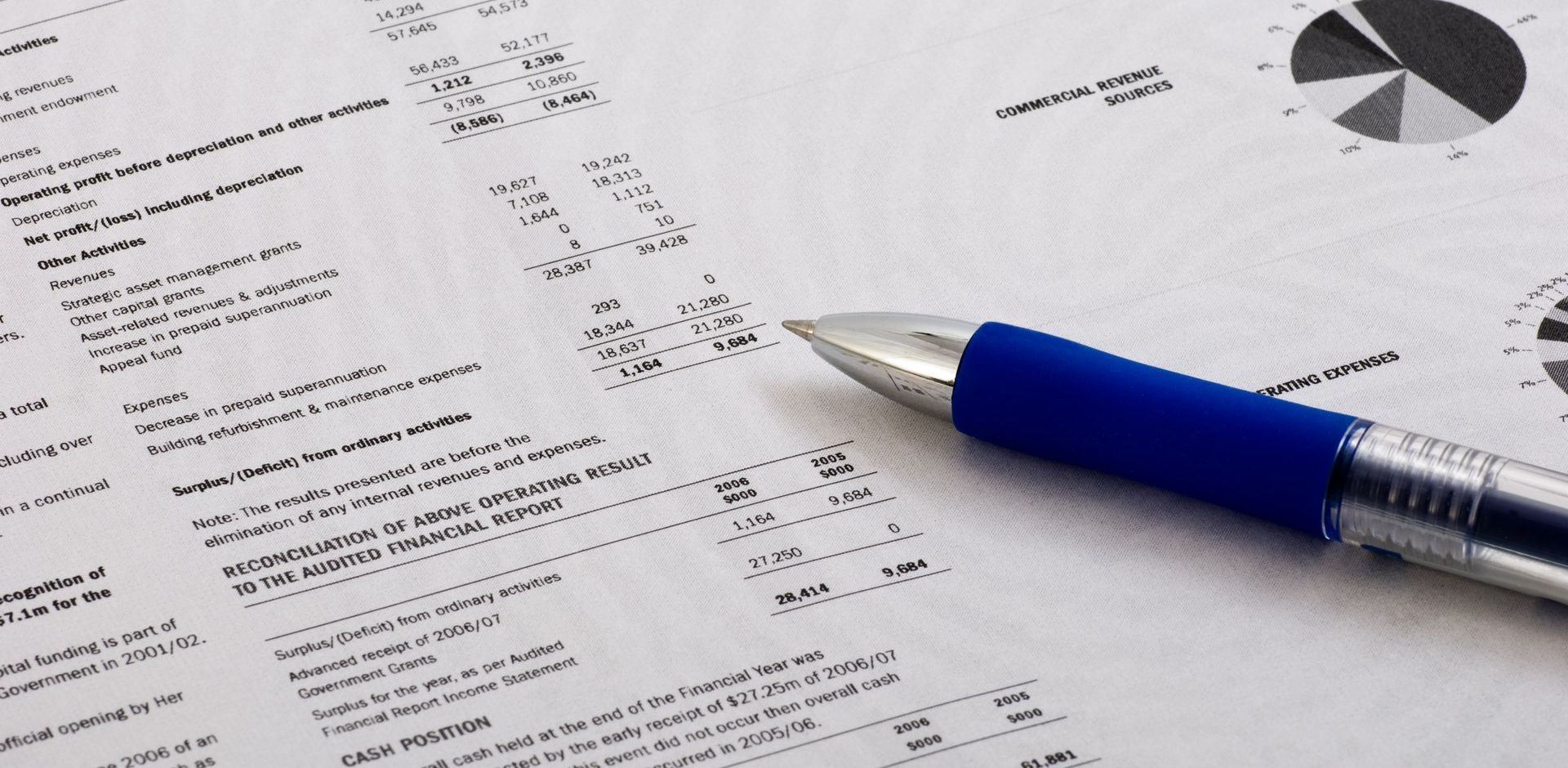Navigating 1031 Exchange Timelines: Important Tax Considerations

As we approach the end of the calendar year, real estate investors need to be mindful of when filing taxes as that decision can have significant tax implications. The approaching new year prompts a thoughtful reflection on 1031 exchanges, where strategic timing is not only advantageous but crucial. This blog provides strategic insight to guide you through the intricate 1031 exchange timelines as we approach year-end.
Two Critical Date Considerations Based on IRS Section 1031
The 180-day period stands out as the more widely recognized of the two timelines outlined by IRS Section 1031. Measured from the closure of your first relinquished property, you're granted a 45-day window to identify potential replacement properties. Subsequently, you have an additional 135 days to acquire the replacement property, resulting in a total of 180 days to complete the exchange. It's crucial to note that there is a second deadline that could prematurely conclude your exchange before the 180-day mark. This second deadline corresponds to the due date for your tax return, initially set for April 15th, but this may be pushed out by filing a tax extension.
How the Tax Filing Due Date Can Impact Your 1031 Exchange
The impact of the tax filing due date on your 1031 exchange becomes especially apparent if the sale of your relinquished property closes between October 18th and December 31st. If the closing falls within that time frame the standard 180-day exchange period gets shortened if you file your taxes on or before April 15th.
One of the requirements of a 1031 exchange is that it must be completed before filing tax returns. For example, if your relinquished property closes on October 18th, you're left with exactly 180 days to identify and acquire your replacement property, finalizing your 1031 exchange. In more extreme cases, such as a sale on December 31st, a mere 105 days remain until April 15th, significantly shortening the window available for investors to acquire replacement property and complete the exchange.
Navigating Time Constraints: Should I File an Extension?
If you've identified a Replacement Property, completed your closings, and utilized all your exchange funds before April 15th, you're in the clear. Your exchange is successfully completed, allowing you to file your taxes by the April 15th deadline without any issues. However, if you've identified Replacement Property but haven't completed your closings and want to make the most of the full 180 days, filing an extension becomes crucial to avoid the premature cutoff on April 15th.
There are instances when you might prefer the early cutoff. Consider a scenario where you identified Replacement Property but decided not to proceed with the purchase, opting to not complete the 1031 exchange. In such a case, filing your taxes on time concludes the exchange early, enabling you to access your funds sooner than the 180-day window. You will also benefit by being able to delay recognition of your gain until the following tax year due to the delay in your receiving the sale proceeds. It's a strategic move to consider based on your financial goals and timeline preferences. That said, you must show a bona fide intent to complete an exchange by having evidence that you did not set up the exchange solely to delay the tax consequences for one year.
As you embark on your 1031 Exchange journey, the importance of timeline management cannot be overstated. Deciphering the nuances of these dual timelines and strategically employing extensions, when necessary, becomes essential to unlocking the full potential of your investment strategy. Taking all these factors into consideration will help you navigate the complexities of 1031 exchanges with confidence and success.
Have questions about how to take full advantage of a 1031 exchange? Get in touch with the experts at Ten31 Texas today!
Address
901 S. Mopac Exp, Bldg II, Ste 150
Austin, TX, 78746
Business Hours
Monday - Friday
9:00 AM - 5:00 PM
Central Time
Ten31 Texas, LLC

